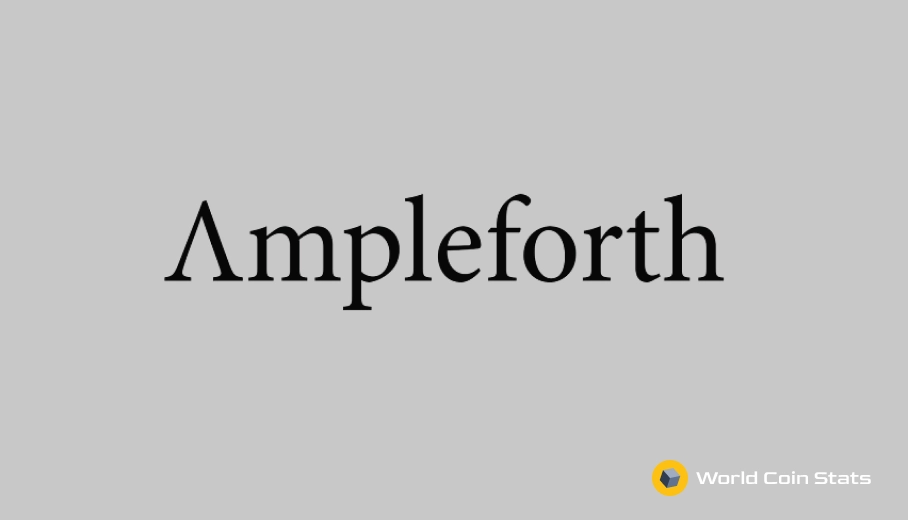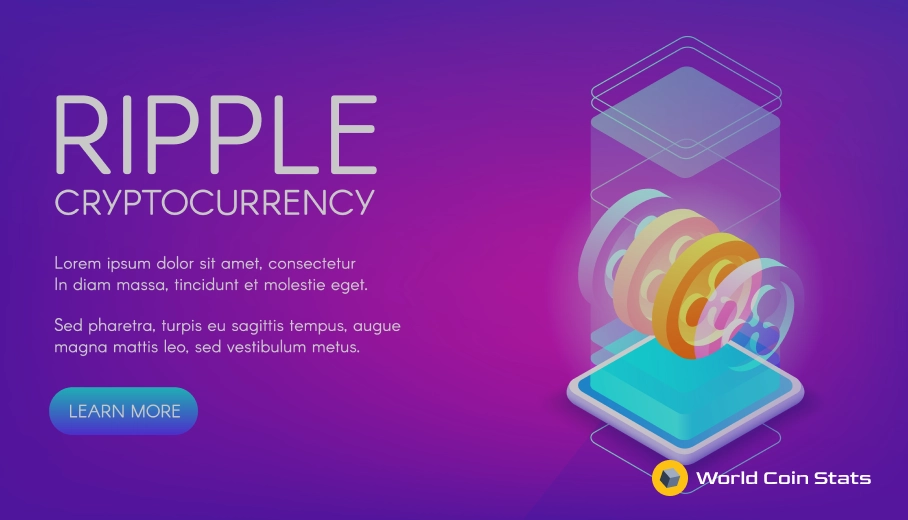Does ETH Lose The Scaling Battle?
Ethereum has had a problem almost since its inception – scaling. Those against the cryptocurrency have constantly lambasted it for its seeming inability to effectively scale, but those issues have not prevented Ethereum from becoming one of the top cryptocurrencies.
Unfortunately, suitable competition has emerged that offers a better scaling solution than Ethereum, which has led many to question if Ethereum will win the scaling battle with other cryptocurrencies. This article will cover whether or not Ethereum will win that battle and offer insights on how the competition is fairing.
The Ethereum Scaling Problem
The Ethereum scaling problem is not new nor should it come as much of a surprise for anyone that uses the cryptocurrency. Basically, Ethereum has struggled, and is currently struggling, whenever a large number of users attempt to use the blockchain at once.
This was first noticed in 2017 when the Ethereum blockchain game caused a slowdown of the entire Ethereum blockchain. It was also experienced in 2017 when popular ICOs would cause congestion, which resulted in extremely high gas fees for transactions to succeed.
The problem mostly subsided from 2018 to 2020 during the cryptocurrency bear market. Network congestion was low, so the scaling issues were not really noticed.
Unfortunately, this problem came roaring back in 2020 with the increased popularity in decentralized finance (DeFi) on the Ethereum blockchain. Users conducting transactions on DeFi often have to submit astronomically high gas fees to ensure that their transactions are a success. These gas fees can sometimes go as high as $50 USD for a transaction.
Of course, many times these transactions are higher than they actually need to be for a successful transaction, but in DeFi a lot of money is on the line and users don’t want to risk it, so they submit transactions with high gas fees.
These high transaction fees have scared many potential users away from using DeFi on Ethereum. It simply is not worth paying $50 in gas fees for smaller transactions. It’s an unfortunate reality, but one that many Ethereum users have accepted as part of accessing the higher liquidity on Ethereum compared to the competitors.
The good news is that Ethereum is working on a solution to the problem, which we will cover in the next section.
Ethereum’s Response
Ethereum developers know that the current scaling, or lack thereof, is a massive problem for the blockchain. And if they don’t solve the scaling solution, then another blockchain will solve it and make Ethereum irrelevant.
Due to the threat of competition, Ethereum has been working on one major solution and developers have worked on other layer 2 solutions. Here are some of the solutions to the scaling problem.
Ethereum 2.0
Ethereum 2.0 is the solution to the scaling problem that Ethereum developers have offered and plan to release within the next two years. This update will see Ethereum switch from a PoW validation model to a proof of stake validation model.
The goal is, of course, faster transactions with lower fees. This solution has been in discussion for years, but it finally appears that there is light at the end of the tunnel with an expected release date sometime in 2022.
Will Ethereum 2.0 solve all of Ethereum’s scaling problems?
Probably. The exact reason why is far beyond the scope of this article, but Ethereum 2.0 and proof of stake is far better for scaling than proof of work. The downside is that some security and centralization is lost with proof of stake.
EIP-1559
The temporary scaling solution Ethereum is working on to scaling is Ethereum Improvement Proposal (EIP) 1559. Again, a technical analysis of EIP-1559 is far beyond the scope of this article.
The summary of EIP-1559 is that the block size will double, but the amount of data on each block will stay the same (50% of the doubled block size). More importantly, gas fees will be burned rather than going to miners in order to incentivize miners to simply mine the block rather than hunt for blocks with higher transaction fees.
Simply put, EIP-1559 will make gas fees much more predictable and efficient as it will eliminate a lot of the guesswork involved in choosing a transaction fee because those fees will be burned.
Will this improve scaling by making transactions faster?
No, but it will make gas fees more predictable, which will greatly help those using Ethereum.
Layer 2 Solutions
Finally, developers have been working on layer 2 solutions that run on top of the Ethereum blockchain or on a sidechain. These solutions avoid most of the inefficiencies of Ethereum, but come at the cost of potential security flaws.
Despite that, layer 2 solutions like Polygon are growing in popularity and offer a good solution until Ethereum 2.0 is released.
In our opinion, a large shift to layer 2s will occur on Ethereum before a shift to a completely different blockchain occurs. This shift will, of course, be moot once Ethereum 2.0 is finally released.
A Viable Competitor to Ethereum Emerges
Ethereum has had competition almost since its inception, but none of the competition was able to take very much market share away from Ethereum.
It just simply has not worked for those competitors, so we will not cover those ones.
Unfortunately for Ethereum, that changed with the Binance Smart Chain.
Binance Smart Chain Emerges As a Viable Competitor to Ethereum
The largest cryptocurrency exchange Binance launched their own blockchain in 2019, but it’s success did not really take off until they launched the Binance Smart Chain as a sort of direct competitor with Ethereum’s blockchain.
More importantly, Binance Smart Chain has a lot of DeFi protocols on it like PancakeSwap that were able to suck up liquidity from Ethereum DeFi protocols like Uniswap and SushiSwap. The reason Binance Smart Chain sucked up all this liquidity?
Transaction fees average about $0.50 on Binance Smart Chain, which makes it much more accessible to the average user.
Now, is Binance Smart Chain going to kill Ethereum?
That seems extremely unlikely due to some problems with the centralization of Binance Smart Chain, but it has done a better job at taking some market share than any other Ethereum competitor to date.
Will Ethereum Lose The Scaling Battle?
To answer the original question, Ethereum will most likely not lose the scaling battle for the simple reason that the only viable competition that has emerged is Binance Smart Chain. For those that don’t know, Binance Smart Chain is not centralized at all as Binance controls the majority of the nodes.
Due to that, it seems unlikely that the cryptocurrency community will fully embrace the blockchain. Will Binance Smart Chain draw some market share from Ethereum?
Of course, the $0.50 transaction fees on it are extremely attractive compared to Ethereum, but thinking that a centralized blockchain controlled by the largest cryptocurrency will usurp Ethereum is absurd.
Final Thoughts
To summarize who will win the scaling battle, Ethereum does not have much to worry about. Ethereum 2.0 will be released before the end of 2022, which will completely solve the scaling problem. With that in mind, it seems improbable that one of the many “Ethereum killers” will suddenly surpass Ethereum in that time span.
This becomes especially apparent when the leading competitor is a blockchain founded by Binance of all organizations.




